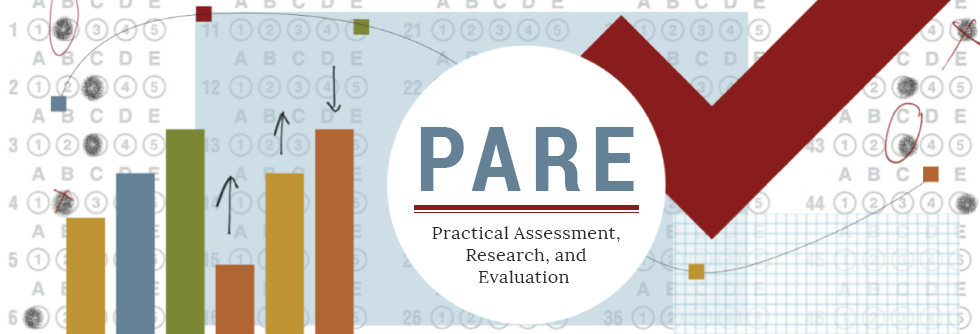A Practical Comparison of Selected Methods of Evaluating Multiple-Choice Options through Classical Item Analysis
DOI
https://doi.org/10.7275/16672464
Abstract
The main objective of the article is to compare several methods of evaluating multiple-choice options through classical item analysis. The methods subjected to examination include the tabulation of choice distribution, the interpretation of trace lines, the point-biserial correlation, the categorical analysis of trace lines, and the investigation of choice means. The comparison was performed on the basis of a data set created at the pre-operational stage of developing a test of English as a foreign language for teenage learners. The main analysis of a pool of 910 multiple-choice pilot items was carried out in Excel, which was found to be a versatile tool allowing for the application of user-defined formulas and convenient manipulation of the data. It was found that the methods differed in terms of their stringency in rejecting malfunctioning items, with the chi-square test operating in the most rigorous manner. The study also revealed that some of the evaluation methods had a similar effect on item selection, which suggests that it may not be necessary to apply all of them to multiple-choice item analysis.
Creative Commons License

This work is licensed under a Creative Commons Attribution-NonCommercial-No Derivative Works 4.0 International License.
Recommended Citation
Malec, Wojciech and Krzeminska-Adamek, Małgorzata
(2020)
"A Practical Comparison of Selected Methods of Evaluating Multiple-Choice Options through Classical Item Analysis,"
Practical Assessment, Research, and Evaluation: Vol. 25, Article 7.
DOI: https://doi.org/10.7275/16672464
Available at:
https://scholarworks.umass.edu/pare/vol25/iss1/7
